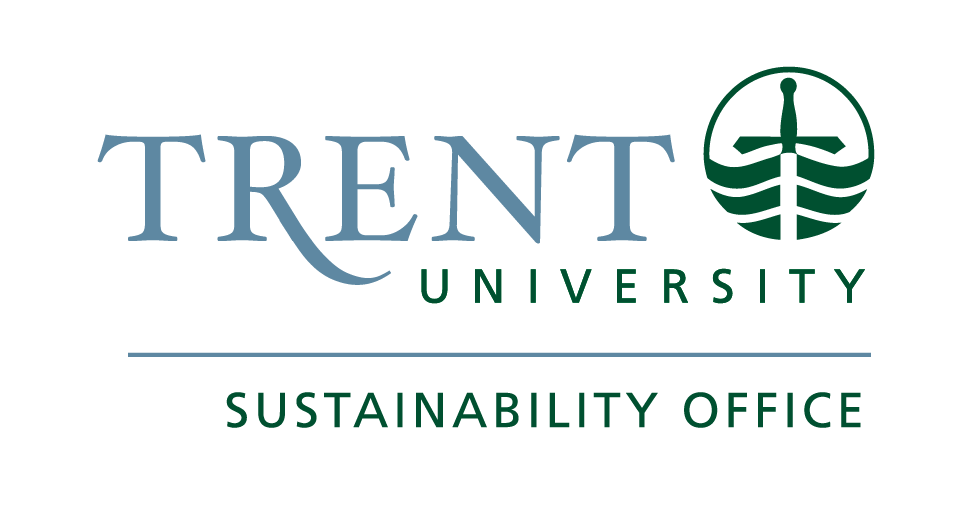Trent University proudly features three certified sustainable buildings on campus. Our newest facility, Forensics Crime Scene Facility, is the first in Canada to achieve certification through the International Living Future Institute's Zero Carbon program. In addition, we have two LEED-certified buildings: the LHS, earning LEED Gold certification, and the extension of our Athletics Facility, certified LEED Silver. These achievements reflect our commitment to environmental sustainability and innovation in building design.
Zero Carbon Building
The Trent Forensics Crime Scene Facility, now the first zero carbon certified building in Canada and the 11th globally through the International Living Future Institute, offers students a cutting-edge environment to study staged crime scenes. This 350 square meter facility features a 40-student lab/classroom, a versatile lab with moveable walls for diverse scenarios, and a ‘garage’ lab for hands-on forensic training in vehicles.
Sustainable Design
This facility stands as a model of sustainability, having been constructed using local expertise and an integrated design approach. It operates on solar energy and employs low-carbon, carbon-storing materials, successfully transforming how we view buildings' environmental impacts. The facility achieves negative embodied carbon, meaning it stores more carbon than was emitted during its construction.
Certification
With its Zero Carbon certification, the facility addresses both operational energy needs and the embodied carbon from its building materials. The design ensures that more carbon is stored than emitted through material extraction, manufacturing, and transport. Additionally, the on-site renewable energy system generates approximately 30% more power than the building requires.
Energy Solutions
Solar Energy: A 33kW rooftop solar array with 112 panels supplies all power and heating needs, exceeding the building's energy requirements.
Heating Systems: High-efficiency heat pumps provide space and water heating, effectively extracting heat from the air even at -25°C, ensuring optimal comfort year-round.
Building Envelope
Integrated design ensures optimal thermal efficiency through meticulous attention to the fit and relationship between components, maximizing energy performance.
Material Innovations
By selecting materials strategically, we addressed the embodied carbon associate with building. Accounting for the impacts of the materials allowed the project team to reframe the impacts of buildings as they relate to climate change.
Figure 1. Illustration of the carbon impacts of materials used to build the Forensics Crime Scene Facility.


